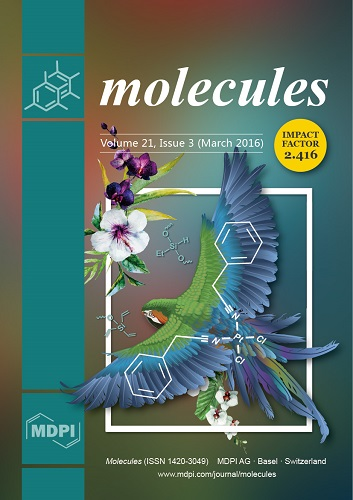1
Department of Biological Science and Technology, China Medical University, No. 91, Hsueh-Shih Road, Taichung 40402, Taiwan
2
School of Pharmacy, China Medical University, Taichung 40402, Taiwan
3
Department of Physiology, China Medical University, Taichung 40402, Taiwan
4
School of Chinese Medicine, China Medical University, Taichung 40402, Taiwan
5
Division of Cardiology, China Medical University Hospital, Taichung 40402, Taiwan
6
Department of Biotechnology, Asia University, Taichung 40402, Taiwan
7
Institute of Clinical Medical Science, China Medical University, Taichung 40402, Taiwan
8
Department of Dermatology, Chung Shan Medical University Hospital, Taichung 40402, Taiwan
9
Department of Restaurant, Hotel and Institutional Management, Fu-Jen Catholic University, New Taipei 112, Taiwan
10
Departments of Clinical Pathology, Cheng Hsin General Hospital, No. 45, Cheng Hsin St., Taipei 112, Taiwan
†
These authors contributed equally to this work.
add
Show full affiliation list
remove
Hide full affiliation list
Abstract
Casticin is one of the main components from
Fructus Viticis, which is widely used as an anti-inflammatory agent. The mechanism of how casticin affects melanoma cell migration and invasion is still not well known. Here we studied the anti-metastasis effects of casticin
[...] Read more.
Casticin is one of the main components from
Fructus Viticis, which is widely used as an anti-inflammatory agent. The mechanism of how casticin affects melanoma cell migration and invasion is still not well known. Here we studied the anti-metastasis effects of casticin on A375.S2 melanoma cells by using a non-lethal concentration. First; we used an adhesion assay to test the A375.S2 cells’ adhesion ability after treatment with casticin. We next investigated the cell migration ability after casticin treatment by using a wound healing assay to prove that the migration of A375.S2 cells can be inhibited by casticin and double checked the results using the transwell-migration assay. The suppressive effects on matrix metalloproteinase-2; and -9 (MMP-2; and -9) activities were examined by gelatin zymography. Furthermore, western blotting was used to investigate the protein level changes in A375.S2 cells. We found that p-EGFR; Ras and p-ERK1/2 are decreased by casticin, indicating that casticin can down-regulate the migration and invasion ability of A375.S2 cells via the p-EGFR/Ras/p-ERK pathway. The NF-κB p65 and p-ERK levels in nuclear proteins are also decreased by treatment with casticin. An EMSA assay also discovered that the NF-κB p65 and DNA interaction is decreased. NF-κB p65 protein level was examined by immunofluorescence staining and also decreased. Our findings suggest that casticin has anti-metastatic potential by decreasing the invasiveness of A375.S2 cells. We also found that casticin suppressed A375.S2 cell proliferation and cell adhesion ability, but did not affect cell death, as examined using cytometry and a collagen adhesion assay. Based on these observations, casticin could be used as an inhibitor of migration and invasion of human melanoma cells in the future.
Full article






